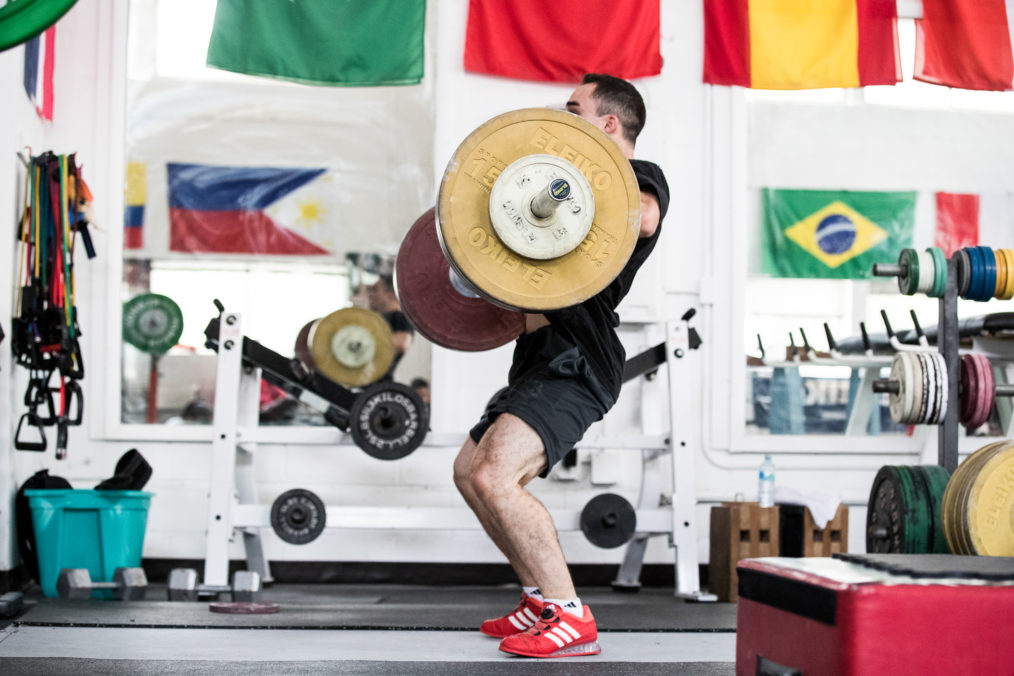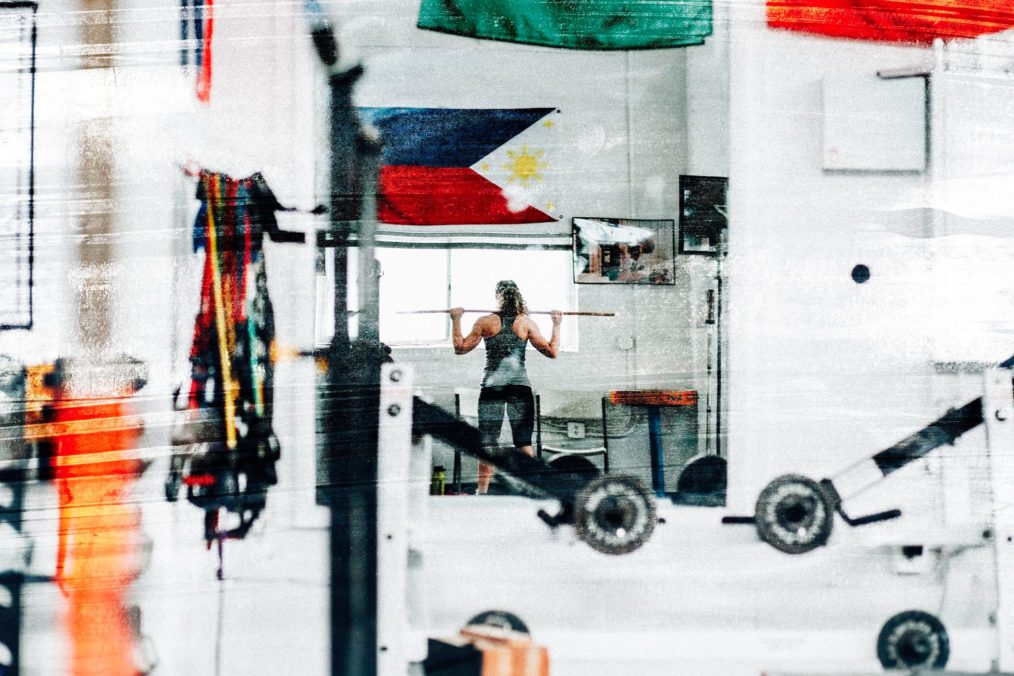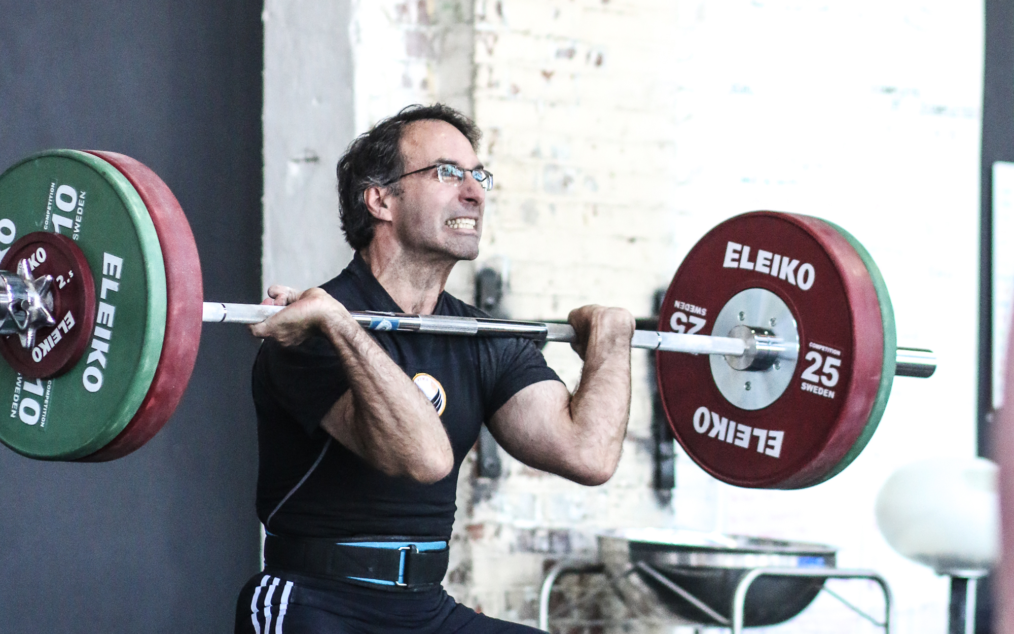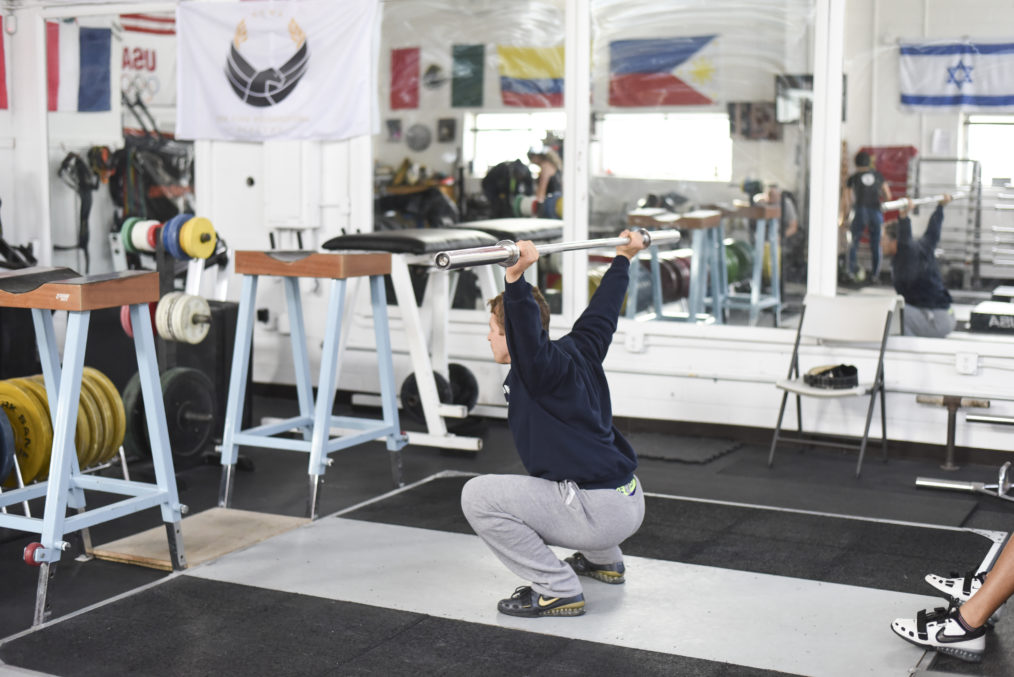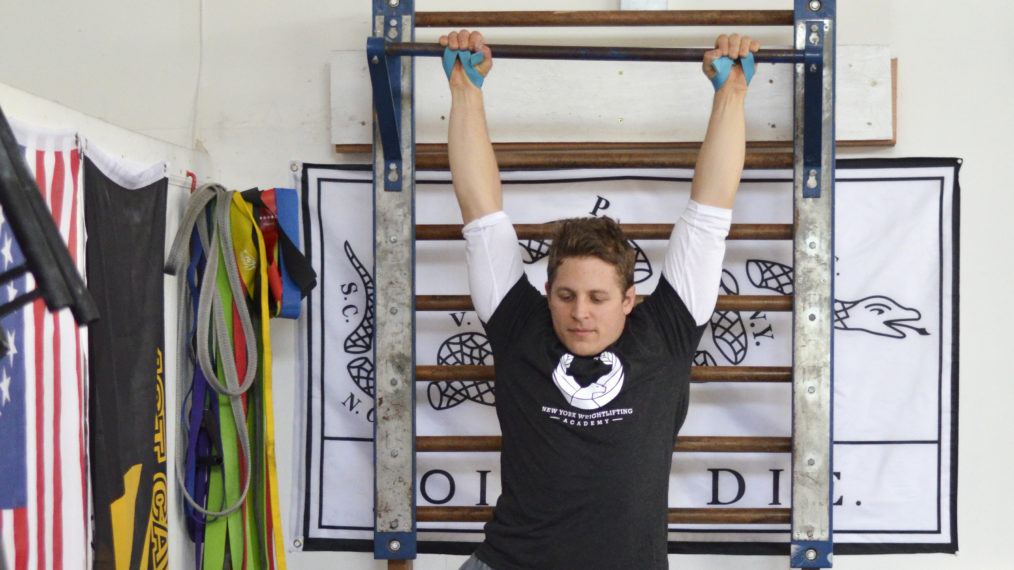All too often athletes and coaches become fixated upon bar path. With the proliferation of both easily recordable and shareable videos and bar tracking apps, there is a seemingly growing list of tools that can be used to analyze lifts.
Read More›Weightlifting is arguably one of the most difficult sports on the planet. The reason I say that is because there is no individual or team sport that demands as much intense, mental focus and clarity than weightlifting.
Read More›People with varied and diverse backgrounds come to the NY Weightlifting Academy with a common goal – to improve their Olympic Weightlifting capabilities. In my short time with the NYWA, I’ve seen so many make improvements they did not think possible, from young Juniors to the more experienced Masters.
Read More›While we often put up pictures and videos highlighting all of the lifters within the New York weightlifting Academy, seldom do we feature any lifting or credentials from the coaches.
Read More›The most important aspect of training that many people neglect is the warm-up. Without a proper warm-up, the entire subsequent training session will be affected. Often times, people are eager to get into the gym and begin their training immediately – whether it’s due to the fact that they are short on time, or just their overall enthusiasm to begin weightlifting.
Without warming up properly, your body will not be prepared to move in the fashion that it needs in order to perform these complex exercises correctly. The need to warm those areas up further is incredibly important, especially for athletes who have had injuries or are tight in specific areas. I tell people all the time that if they have an hour allocated for training, it is more beneficial to spend forty-five minutes warming up and fifteen minutes lifting rather than spend five minutes warming up and fifty-five minutes lifting.
Weightlifting is a sport where you’re constantly fighting against gravity. Gravity is a force that we face in our every day lives that we must constantly counter and resist. When trying to hoist more kilos overhead, our bodies are always going to be fighting harder against the effects of gravity.
Read More›Much like building a house, the establishment of a good foundation is requisite for the structure above. In weightlifting, the same principle applies. All too often I see videos posted of people performing the lifts and they miss a few small but essential pieces that have a great effect on their body and the barbell once it is broken from the floor. Instagram is loaded with videos of people attempting heavier weight, as well as series of videos and reviews by coaches or other athletes. In all The videos that I have witnessed I have never seen one that actually addresses properly approaching the body to the barbell. If the body is not aligned properly from the start any error will compound the further the bar gets from the floor.
Read More›
I’ve lost track of the number of times I’ve begun a lift only to stop mid-way through; “Clarking,” as weightlifters refer to it.
“What happened?” My coach might ask.
“I started thinking.”
Read More›When I was asked to write this piece, my reaction was “Why me? I’m Masters, but surely not an athlete.” To me, an athlete was someone who had spent their life training, focused, competing. I came of age as Title IX was being implemented, so girls’ teams were relatively new. In my family, girls simply did not play sports beyond the occasional softball game. More than that, though, I was always told I was just not athletic. Add to that the fact that I didn’t care if I could run fast or jump high, and you get it. Not an athlete. Don’t really care. Until I started to lift. Guess what? I am an athlete. Doesn’t matter that I haven’t been lifting or playing sports for 30 years, or that I did back in the day and am back to it. I train, I study, I learn, I listen, and I compete. As a weightlifter. The lessons I’ve learned can apply to any sport.
Read More›

